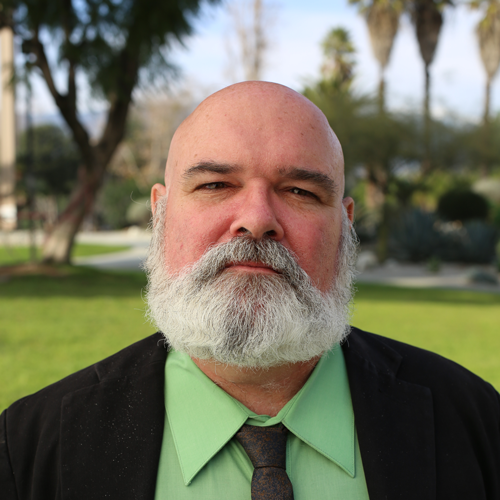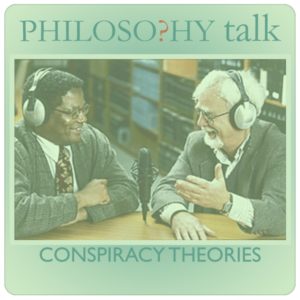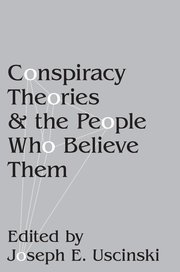The primary location of my research is focused on the intersection between science and mind. Science, mind, and the science(s) of the mind are large topics, so to constrain things, I’ve mainly looked at the mental functions related to our perceptual engagement with the world and other perceivers. I’ve generally constrained my interest in science to the biology of mind, be it exploring the evolution of unusual senses in nonhuman animals, such as electroreception in weakly electric fish or understanding whether anthropomorphizing nonhuman animals is scientifically problematic.
Early in my career, I wrote a paper for Journal of Philosophy on the strange social epistemology of conspiracy theories, such as those that grew up around the 1995 Oklahoma City Bombing. As popular and academic interest in conspiracy theories have blossomed in the years since, I’ve developed further work in this area. In particular, I’m interested in conspiracy theorizing as a form of explanation and want to understand how this form relates to more familiar forms of explanation found in science and religion.
I also once edited a book for Cambridge University Press on the work of Philosopher Paul Churchland.



